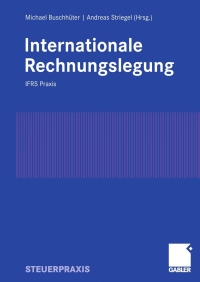0 Required information Problem 5-1A (Algo) Periodic: Alternative cost flows LO P1 (The following information applies to the questions displayed below) Warnerwoods Company uses a periodic inventory system. It entered into the following purchases and sales transactions for March Units sold at Retail 04 Date Activities Mar. 1 Beginning inventory Mar. 5 Purchase Mar. 9 Sales Mar. 18 Purchase Mar. 25 Purchase Mar. 29 Sales Total Units equired at cost 185 units e$75 per unit 485 units $80 per unit 290 units $85 per unit 370 units. 587 per unit S05 units $110 per unit 330 units 5120 per unit 035 units 1,330 units For specific identification, the March 9 sale consisted of 40 units from beginning inventory and 465 units from the March 5 purchase, the March 29 sale consisted of 125 units from the March 18 purchase and 205 units from the March 25 purchase Problem 5-1A (Algo) Part 1 Required: 1. Compute cost of goods available for sale and the number of units available for sale. Cost of Goods Available for Sale Cost of Goods Available # of Units Unit for Sale Cost per Beginning inventory Purchases: March 5 March 18 March 25 Total Problem 5-1A (Algo) Part 2 2. Compute the number of units in ending inventory. Ending inventory units 3. Compute the cost assigned to ending inventory using (a) FIFO, (b) LIFO. (c) weighted average, and (d) specific Identification (Round your "average cost per unit" to 2 decimal places.) 2) Periodic FIFO Cost of Goods Sold Cost of Goods Available for Sale Cost of # of units Cost per Goods unit Available for Sale #of units Cost per sold unit Cost of Goods Sold Ending Inventory # of units in Cost per Ending onding unit Inventory Inventory Beginning inventory Purchases: March 5 March 18 March 25 Total b) Periodic LIFO Cost of Goods Sold Cost of Goods Available for Sale Cost of # of units Goods unit Available for Sale Cost per of units Cost per sold unit Cost of Goods Sold Ending Inventory of units in Cost per Ending ending unit Inventory Inventory Beginning inventory Purchases March 5 March 18 March 25 Total c) Average Cost Cost of Goods Sold Ending Inventory Cost of Goods Available for Sale Cost of Average Goods # of units Cost per Available unit for Sale # of units sold Average Cost per Unit Cost of Goods Sold # of units in ending Inventory Average Cost per unit Ending Inventory Beginning inventory Purchases March 5 March 18 March 25 Total d) Specific identification Cost of Goods Available for Sale Cost of Goods Sold Ending Inventory Cost per of units Cost of Goods Available for Sale of units sold Cost per unit Cost of Goods Sold W of units in ending Inventory Cost per unit Ending Inventory unit Beginning inventory Purchases March 5 March 18 March 25 Total 4. Compute gross profit earned by the company for each of the four costing methods. (Round your average cost per unit to 2 decimal places and final answers to nearest whole dollar.) FIFO LIFO Weighted Average Specific Identification Sales Less: Cost of goods sold Gross profit












